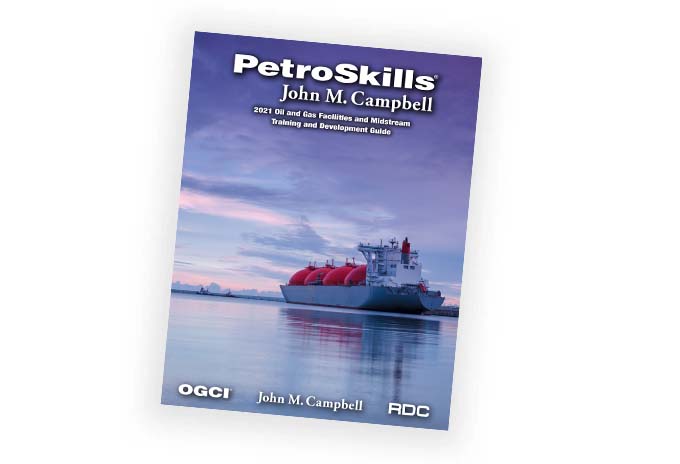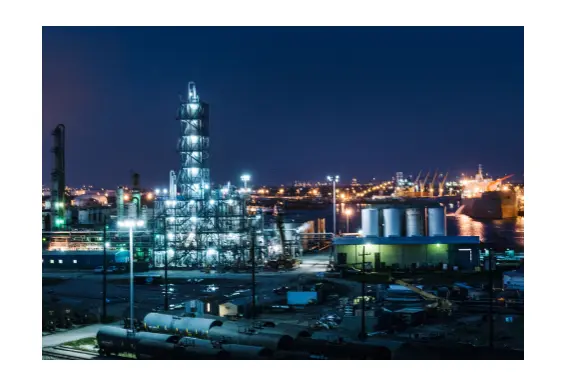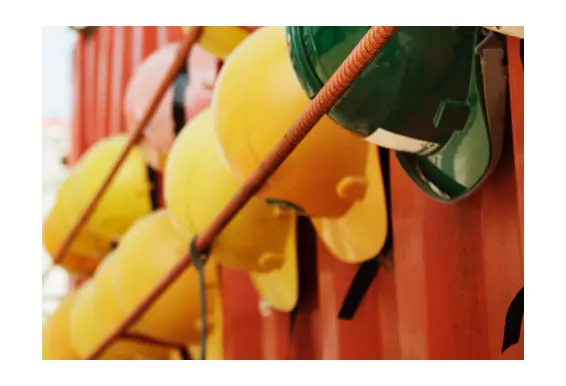National Electrical Code (NEC)
About the Course
This 2.5 day workshop style course is intended to provide a working knowledge of the US National Electrical Code (NEC, NFPA 70) specifically for industrial applications, including oil and gas facilities which include hazardous (explosive) atmospheres. The course includes a Workbook for the participants to actively explore the NEC Handbook, and apply requirements to an actual mock project based on a one-line diagram. The first section of the course covers important information about the scope, purpose and intent of the NEC, key definitions, how it is structured and tips and tricks for navigating the NEC Handbook. The second portion of the course uses a mock project based on a temporary power project, and walks the participant though determination of load, minimum conductor ampacity, conductor sizing, overcurrent protection selection, rounding and neutral conductor sizing, and conduit and cable tray sizing. Topics are handled by explaining underlying principles and concepts to better prepare the participants for interpreting the intent of various code sections, rather as simple “cookbook” approach which may compromise cost, efficiency, operability or safety.
In addition to a course workbook, and copies of the presentation, additional reference material related to industrial installations is provided including; an infographic relating code articles to a one-line diagram, a “code digest” of the most commonly used articles in industrial facilities and the basic rules, a cable sizing flow chart, and solutions to all exercise will be provided.
Important note: A copy of the latest edition of the NEC Handbook (Not the Codebook)
is required for this course, and not included in the registration fee. Hard copies are
strongly recommended over digital editions. If you need a copy of the NEC Handbook, a genuine copy can be purchased through the NFPA website, NFPA.org. Note that copies purchased through Amazon.com are often counterfeit, of poor print and binding quality, and include some printing errors. It is recommended that you purchase through NFPA directly, or a known reputable reseller.
Target Audience
Electrical designers, engineers and others involved in the design of industrial facilities. Electrical crafts personnel who may plan and execute small projects, or temporary power installations within existing installations.
You Will Learn
- The history and purpose of the NEC.
- How other related standards impact or work in conjunction with the NEC.
- How the NEC is published, updated, and the various editions and methods to access them.
- Additional resources to help the participant learn and apply the NEC.
- How to discover changes to the NEC, and notable changes to the most recent NEC as they relate to industrial facilities.
- How to access Errata and Tentative Interim Amendments (TIA).
- How the NEC is applied and enforced in various areas.
- How the NEC is organized, and tips and tricks to navigate the 1400 pages of code (without using a search function).
- Key definitions that are often misunderstood, misapplied, or overlooked.
- Where to find specific key articles related to electrical design industrial facilities
- The requirements of working space and egress.
- A refresher on 3-phase power concepts including ohm’s law, RMS values, single and 3-phase power equations, transformer connections, reactive power (Power Factor), balanced and unbalanced 3-phase system behavior, Harmonics and their impacts.
- How to calculate load and minimum conductor ampacity for branch circuits, feeders and services.
- Basic principles of wiring methods.
- Overview of low and medium voltage conductor and cable construction, terminology used, insulation types, factors related to cable operating temperature, cable types and NEC requirements for common industrial applications.
- Proper sizing of conductors based on NEC ampacity tables, thermal conditions, adjustment factors and termination thermal limits.
- Voltage drop calculations for single and 3-phase circuits.
- The differences between overload and short circuit protection.
- Selection of overcurrent protection for branch circuits, feeders (including tap rules), motors, transformers, VFDs.
- The importance of selecting appropriate interrupt ratings (kAIC) and short circuit current ratings (SCCR).
- How to read a time current curve.
- How to properly protect motors against overload and short circuit while allowing for in-rush (Locked Rotor Current).
- How to set Motor Circuit Protectors (MCP) and Overload Relays .
- The difference between a MCP and T/M breaker.
- How a GFCI works, and when Ground Fault Protection is required in industrial installations.
- When and How to include Arc Energy Reduction features in industrial applications.
- The concept and intent behind the “Tap Rules” and how to apply them.
- Principles of Grounding and Bonding.
- Definitions and Purposes related to each element of a grounding and bonding system typical in industrial applications.
- How to properly ground a service or separately derived system.
- The impact of improper grounding and bonding techniques, and common mistakes made.
- How Neutral Ground Resistors (NGR, High Resistance Grounding, HRG) work, how to size and specify the conductors.
- How to size a Neutral Conductor for various applications.
- How to size a conduit.
- How to size a cable tray.
- Definitions related to Area Classification of Hazardous Locations including (Class, Division, Group and T-Code).
- An overview of Hazardous Location Equipment selection and Installation requirements and where to find them including where conduit seals are and are NOT required.
- Requirements for Temporary Installations.
Course Content
- Introduction and Overview of the NEC
- Navigating the NEC
- Key Definitions
- Working Space and Egress
- Refresher on Electrical Math and 3-Phase Power
- Wiring Methods overview
- Calculating Load and Minimum Conductor Ampacity
- Conductor and Cable Construction
- Conductor Sizing
- Overcurrent Protection
- Grounding and Bonding
- Conduit Fill
- Cable Tray Fill
- Hazardous Locations
- Temporary Installations
Product Details
Categories:
Upstream, Midstream, DownstreamDisciplines:
Instrumentation, Controls & ElectricalLevels:
FoundationProduct Type:
CourseInstructors:
Additional
Request a Public Session
If you are interested in a public session of this course, please click the button below to request it.
Request Public SessionIn-House Training
This course is also available upon request as a private, on-site seminar. Contact us for details and pricing.
Request In-House TrainingNeed Help
Contact us if you have additional questions about how to register for or attend this course.
Contact Us



